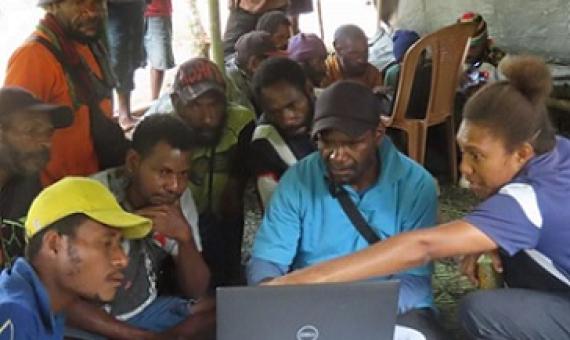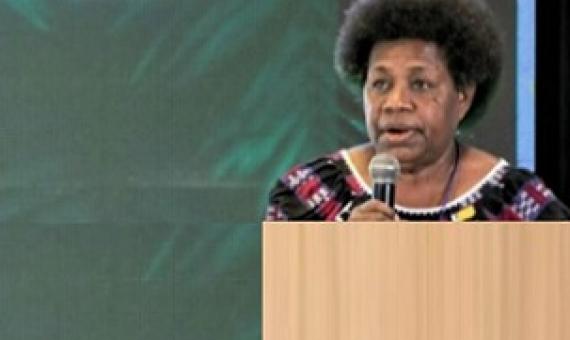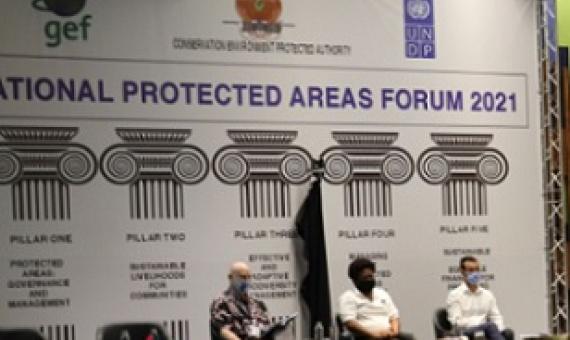Guidelines for applying the IUCN Protected Area Management Categories to Marine Protected Areas
The IUCN categories are applicable to all types of protected areas, whether terrestrial or marine. the 2008 Guidelines for Protected Area Management Categories (2008 Guidelines) provide considerable detail on the use and application of the categories, including for marine protected area (MPAs).Online onlyCall Number: [EL]ISBN/ISSN: 978-2-8317-1524-7Physical Description: 36p. : ill. (col.) ;












